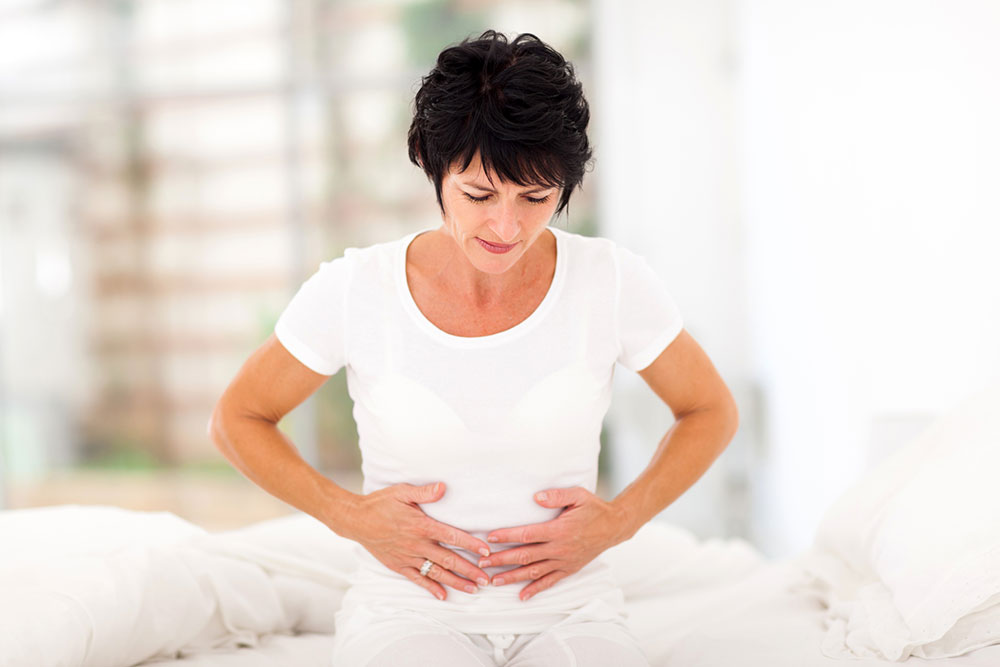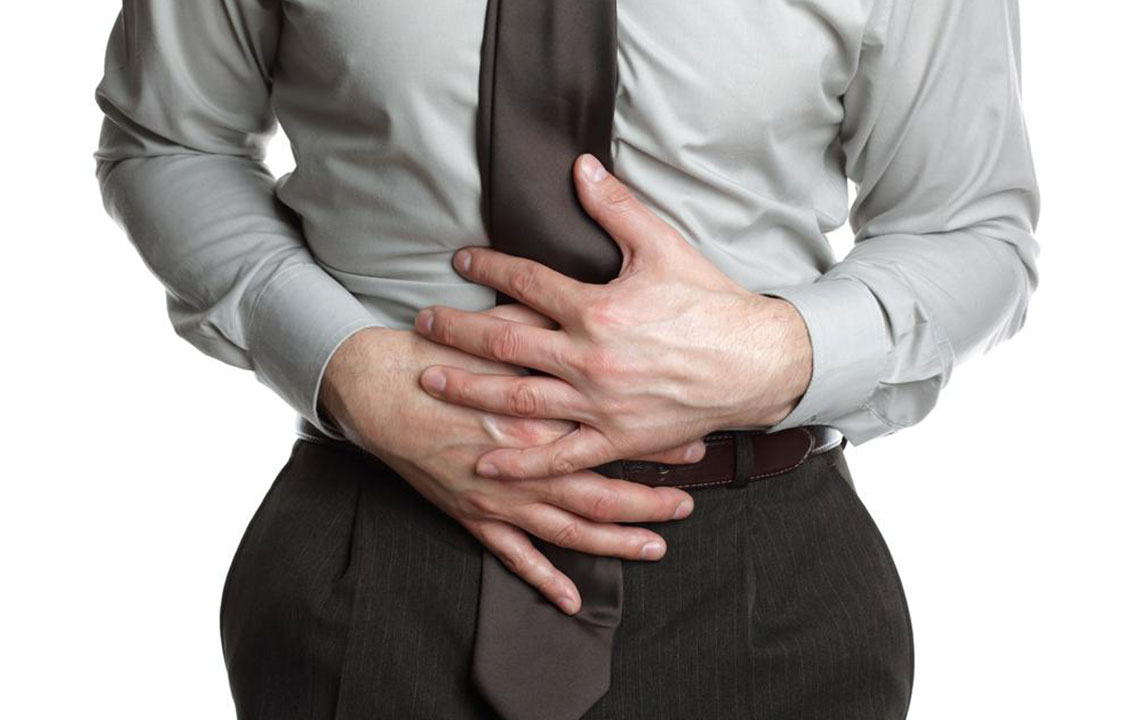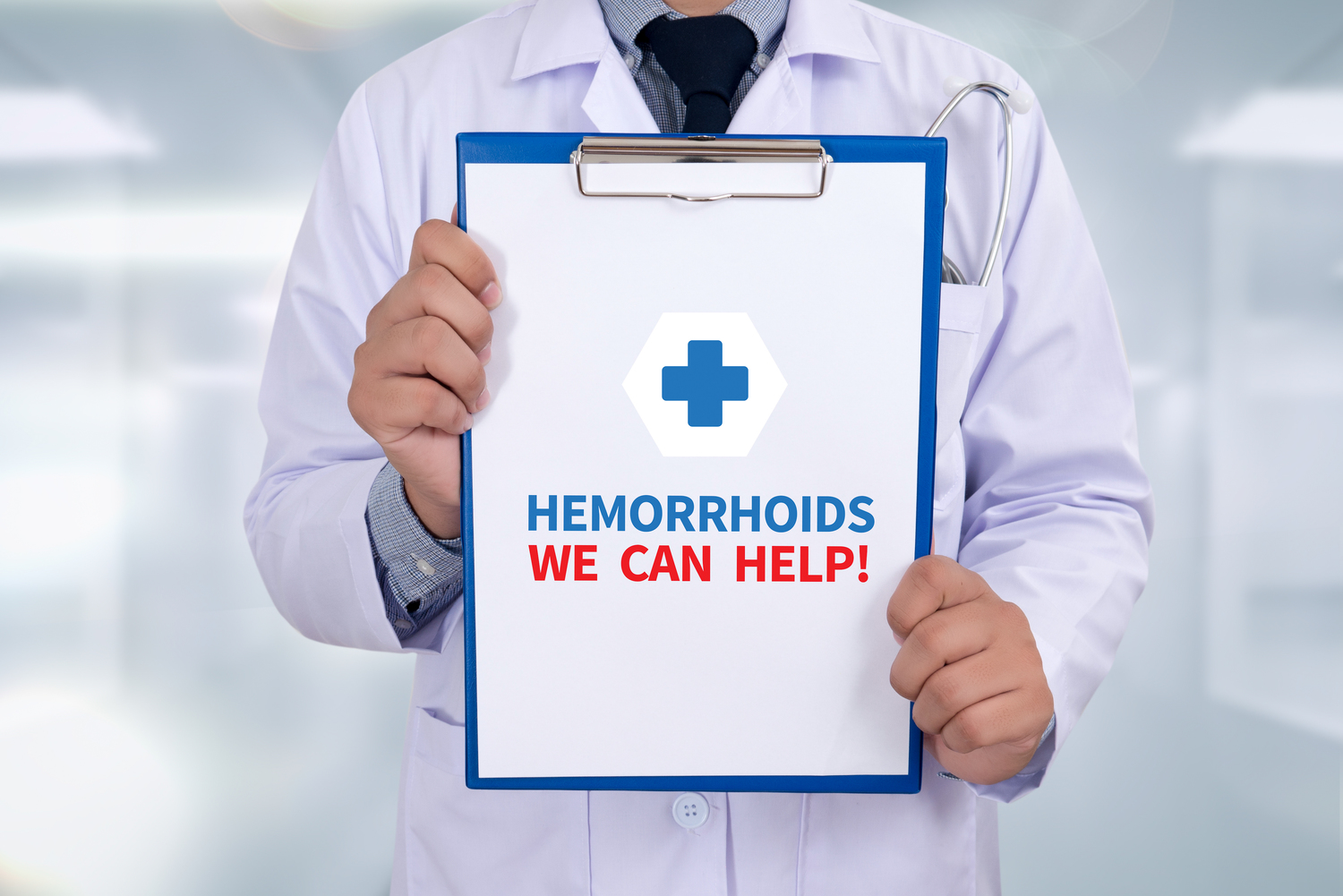Comprehensive Guide to Managing External Hemorrhoids Effectively
This comprehensive guide explores effective strategies for managing external hemorrhoids, including dietary changes, home remedies, and medical treatments. Understanding causes, symptoms, and preventive tips helps alleviate discomfort and prevent recurrence. Suitable for those seeking solutions to hemorrhoid discomfort, this article emphasizes early intervention and lifestyle modifications for optimal health and comfort.

Comprehensive Strategies for Managing External Hemorrhoids
External hemorrhoids, frequently referred to as piles, are swollen veins situated outside the anal opening. These swollen vessels can cause significant discomfort, including bleeding, itching, soreness, and swelling. Understanding the underlying causes and effective management techniques is essential for relief and prevention. External hemorrhoids are primarily caused by increased pressure in the veins of the lower rectal region, which leads to inflammation of these blood vessels. Various factors contribute to the development of hemorrhoids, such as lifestyle habits, diet, and physical health conditions.
In this extensive guide, we explore a variety of practical home remedies, dietary adjustments, and medical treatments to help alleviate the symptoms of external hemorrhoids and improve quality of life.
Understanding External Hemorrhoids
External hemorrhoids involve swollen veins located outside the anal canal, which can become inflamed or thrombosed, leading to painful, hard lumps around the anus. The condition is common and affects adults of all ages, often worsening with lifestyle factors such as sedentary behavior, poor diet, or other health conditions.
Many individuals suffer from external hemorrhoids temporarily, while others experience recurrent episodes. Recognizing symptoms early and adopting appropriate management strategies can significantly reduce discomfort and prevent complications.
Causes and Risk Factors of External Hemorrhoids
Several factors contribute to the development of external hemorrhoids, including:
Prolonged Sitting or Standing: Long periods without movement increase pressure on anal veins.
Straining During Bowel Movements: Hard stools or constipation can cause excessive straining, aggravating hemorrhoids.
Low-Fiber Diet: Insufficient fiber intake leads to hard stools, straining, and worsening symptoms.
Pregnancy: Increased abdominal pressure during pregnancy affects venous circulation.
Anal Intercourse: Can irritate and inflame sensitive vessels.
Poor Posture and Sedentary Lifestyle: Lack of movement reduces blood flow and promotes vein swelling.
Symptoms of External Hemorrhoids
External hemorrhoids can manifest with various symptoms, including:
Itching and irritation around the anus
Swelling or hard lumps near the anal opening
Pain or discomfort, especially during or after bowel movements
Bleeding, usually visible on toilet paper or in the toilet bowl
Soreness and sensitivity
These symptoms often worsen with sitting, straining, or excessive movement, and may persist if left untreated.Effective Home Remedies and Self-Care Measures
Many individuals find relief through simple, non-invasive home treatments. These strategies aim to reduce inflammation, ease discomfort, and promote healing.
1. High-Fiber Diet & Hydration
Incorporating more fiber into your daily diet is paramount. Foods rich in fiber, such as fruits, vegetables, whole grains, and legumes, help soften stool and increase its bulk, making bowel movements easier and less painful. Adequate hydration is equally important; drinking plenty of water prevents stool hardening and minimizes straining. Avoid caffeine and alcohol, which can promote dehydration and irritate the gastrointestinal tract.
Fiber supplements like psyllium husk can be added if dietary sources are insufficient. Keep track of your water intake to ensure it complements fiber consumption, optimizing stool softness and reducing the risk of hemorrhoid aggravation.
2. Topical Treatments
Applying topical remedies can provide immediate relief from symptoms:
Witch Hazel: Known for its anti-inflammatory properties, witch hazel helps reduce swelling, itching, and pain. Available as liquids or pre-soaked wipes, it is easy to apply directly to the affected area for soothing effects.
Aloe Vera: Recognized for its anti-inflammatory and healing properties, pure Aloe Vera gel applied topically can diminish irritation. Ensure to test for allergies first and use fresh gel harvested from a plant for best results.
3. Proper Hygiene Practices
Keeping the anal area clean is vital. Use warm water or fragrance-free, alcohol-free moist wipes to gently cleanse without causing irritation. Avoid dry toilet paper or perfumed wipes, as these can worsen inflammation or trigger allergic reactions. Gently pat the area dry with a soft towel after cleaning.
4. Cold Compresses
Applying cold packs or ice wrapped in a cloth can significantly reduce swelling and provide rapid relief from pain and discomfort. Use for 10-15 minutes at a time, several times a day, especially after bowel movements or during flare-ups.
5. Fiber Supplements
If dietary modifications aren't enough, fiber supplements like psyllium husk or methylcellulose can be incorporated into your routine. These help increase stool bulk, soften bowel movements, and alleviate straining. Remember to drink plenty of water alongside these supplements to prevent gas, cramps, or constipation.
6. Epsom Salt and Glycerin Baths
Create a soothing soak by dissolving two tablespoons of Epsom salts in warm water. You can also add a small amount of glycerin. Soak a gauze or cloth in this mixture and apply to the affected area for 15-20 minutes. Repeat as needed to reduce inflammation and soothe discomfort.
Medical Interventions for Severe External Hemorrhoids
While many hemorrhoids respond well to home care, persistent or particularly painful cases may warrant medical attention. Several non-surgical and surgical options are available.
1. Thrombosed Hemorrhoid Removal
If a blood clot (thrombus) forms within the hemorrhoid, it can cause intense pain and swelling. Medical professionals can perform an incision and drainage procedure within 72 hours of symptom onset to remove the clot, providing rapid pain relief and reducing the risk of tissue necrosis.
2. Minimally Invasive Procedures
Infrared or Laser Coagulation: These procedures use focused light beams to cause the hemorrhoid tissue to shrink by sealing blood vessels. They are minimally invasive with quick recovery times but may carry a higher risk of recurrence.
Sclerotherapy: Involves injecting a chemical solution into the hemorrhoid tissue, causing it to harden and gradually shrink over 4-6 weeks. This treatment minimizes discomfort and promotes healing.
3. Surgical Options
Hemorrhoidectomy: The surgical removal of severe or persistent external hemorrhoids can provide definitive relief. While effective, this procedure involves some post-operative pain, potential swelling, and occasional urinary retention. Proper post-surgery care and follow-up are crucial for successful recovery.
Electrotherapy: Using electric currents to stimulate tissue thickening and shrinkage, this method can be useful for smaller hemorrhoids.
When to Seek Medical Attention
Persistent symptoms, heavy bleeding, or signs of infection require professional evaluation. If you experience severe pain, significant bleeding, or a lump that does not diminish, consult a healthcare provider promptly. Early diagnosis and tailored treatment plans can prevent complications and improve outcomes.
Prevention Tips for External Hemorrhoids
Preventive measures focus on lifestyle modifications:
Maintaining a high-fiber diet and staying well-hydrated
Avoiding prolonged sitting or standing
Practicing good hygiene
Managing weight effectively
Engaging in regular physical activity to promote healthy blood circulation
Implementing these habits can significantly reduce the risk of developing external hemorrhoids and aid in managing existing conditions.Conclusion
External hemorrhoids, while common and often uncomfortable, can be effectively managed through a combination of home remedies, lifestyle adjustments, and, when necessary, medical treatments. Recognizing early symptoms and adopting preventive measures can greatly improve comfort and overall health. Always consult a healthcare professional for persistent or severe issues to ensure safe and appropriate care. With proper management, individuals can lead a symptom-free, comfortable life.





